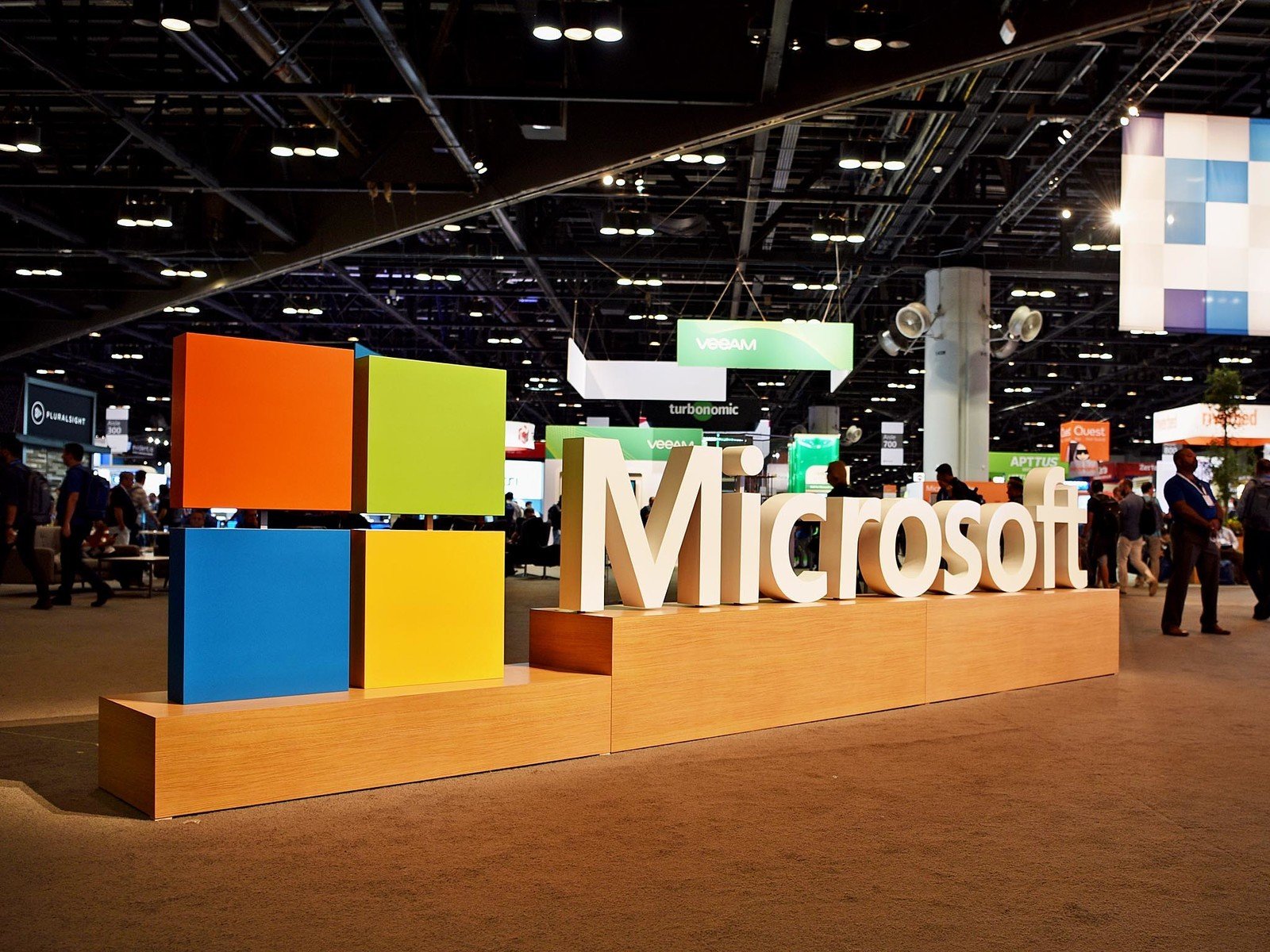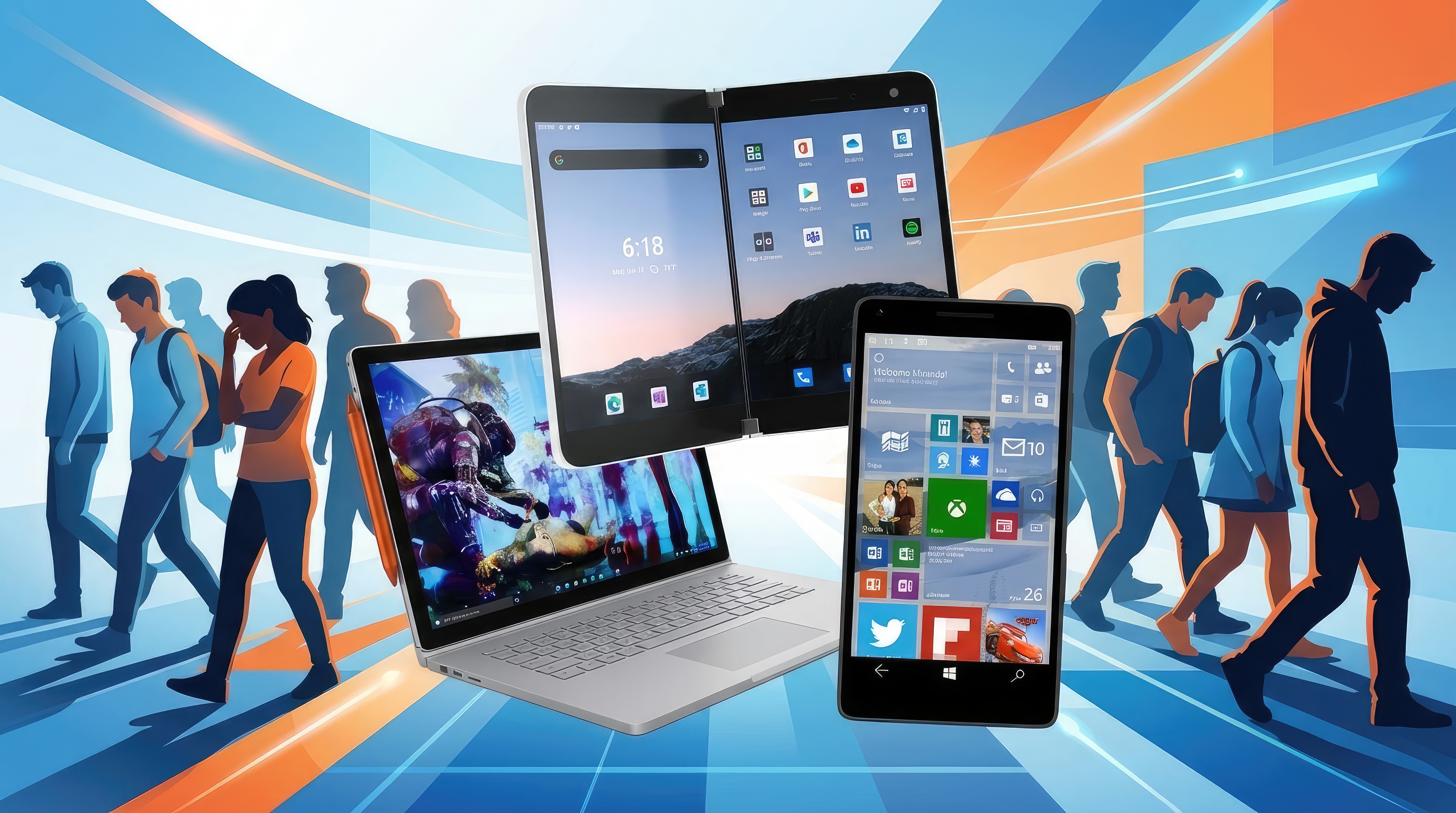Microsoft on 'wrong side of history' with open source, president Brad Smith says
Steve Ballmer called Linux a "cancer," but Microsoft's current president says Microsoft was on the wrong side of history when it comes to open source.

What you need to know
- Microsoft president Brad Smith says Microsoft was "on the wrong side of history when open source exploded."
- Former Microsoft CEO Steve Ballmer called Linux a "cancer" in 2001.
- Microsoft has embraced open source increasingly over the last few years.
Microsoft president Brad Smith recently shared his thoughts on open source and how Microsoft approached it at the turn of the century. Speaking at an MIT event, Smith stated that "Microsoft was on the wrong side of history when open source exploded at the beginning of the century, and I can say that about me personally." Smith has been with Microsoft for 25 years and The Verge points out that he has been part of several legal battles surrounding open source software as one of Microsoft's senior lawyers. Now, Smith has a different view.
The Microsoft president added that "The good news is that, if life is long enough, you can learn … that you need to change." Smith isn't alone in his feelings about open-source software. Microsoft has embraced the concept increasingly over the last few years. PowerShell, Visual Studio Code, and the original Microsoft Edge's JavaScript engine are all open-sourced. The Windows Subsystem for Linux not only exists, but it integrates more with Windows 10 now more than ever. Microsoft also purchased GitHub and acquired Xamarin, both popular open-source technology.
These moves are a stark contrast to when former Microsoft CEO Steve Ballmer said Linux is "a cancer that attaches itself in an intellectual property sense to everything it touches." Now, Microsoft has a browser based on the open-source Chromium engine and is active in several open source communities.
All the latest news, reviews, and guides for Windows and Xbox diehards.

Sean Endicott is a news writer and apps editor for Windows Central with 11+ years of experience. A Nottingham Trent journalism graduate, Sean has covered the industry’s arc from the Lumia era to the launch of Windows 11 and generative AI. Having started at Thrifter, he uses his expertise in price tracking to help readers find genuine hardware value.
Beyond tech news, Sean is a UK sports media pioneer. In 2017, he became one of the first to stream via smartphone and is an expert in AP Capture systems. A tech-forward coach, he was named 2024 BAFA Youth Coach of the Year. He is focused on using technology—from AI to Clipchamp—to gain a practical edge.
